Pruning raspberry bushes is not for the faint of heart. If you prune off this year's fruiting stems, there may be no raspberries until the following year. This of course depends on the type of raspberry plants that you are growing. Learn how to prune raspberries the right way, and enjoy a neater and more prolific raspberry hedge.
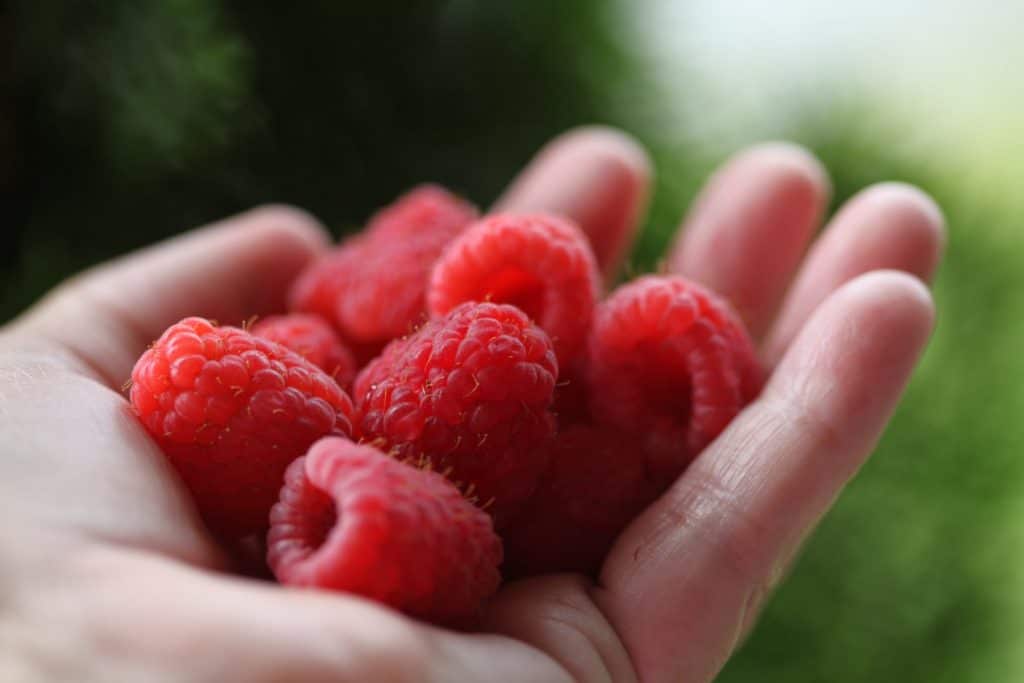
We planted a hedge of ever bearing raspberry canes at the farm around five years ago.
Not really understanding the type of plants we were planting, we planted and waited for the raspberries to come.
That first year the canes took hold and started their establishment in the garden. I did not expect any berries the first year, although there may have been just a couple of small berries produced.
The following year the raspberries continued to grow, and I must say, I was not impressed with the size of the berries. Some were so small, they only had two or three seeds.
Knowing what I know now however, it all makes perfect sense.
Know Your Raspberry Type To Know How To Prune
First of all, the hedge was still a baby, growing baby berries so to speak. In all reality, it was just getting settled and established in the garden.
Secondly, these raspberries were ever bearing.
There is a specific way these berries are borne, and knowing your raspberry type is important so that you can recognize what is going on with your plants.
Once you know and identify your raspberry type, this will help to guide you in how to prune these fruit bearing plants.

Are Raspberries Perennials?
Raspberry root systems are perennial and continue to produce new raspberry plants each year. The plants or canes that are produced from this root system however are biennial, and have a lifespan of only two years. One type of raspberry, ever bearing, will produce berries on both first and second year canes. The other type of raspberry, June bearing, will only produce berries on the second year canes.
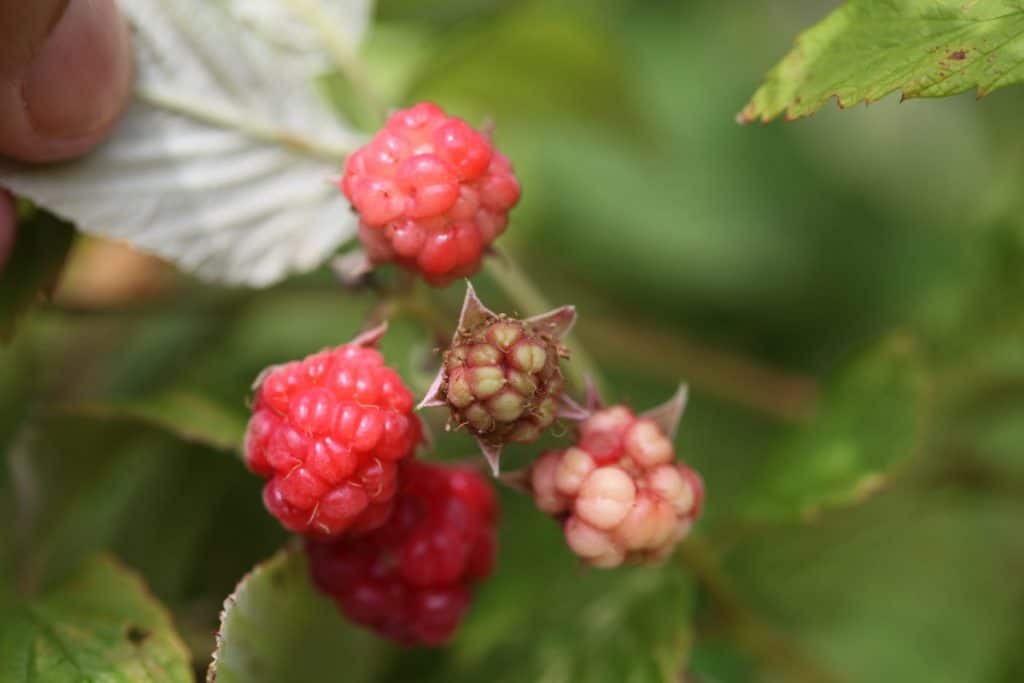
Identify Your Raspberry Type Before Pruning
It is very important to know the type of raspberry you are growing as this will guide your method of pruning.
You may be growing one of these two types of raspberries:
1. June Bearers, or
2. Ever Bearers
First of all let's look at the raspberry plant as a whole, and understand the plant.
Raspberries have a perennial root system. This means that the roots will continue to grow and produce many plants for years to come, year after year, as long as they are receiving what they need to survive.
The plants, or raspberry canes that are produced above ground however, are biennial. This means that their lifespan is two years.
After two years each cane will die.
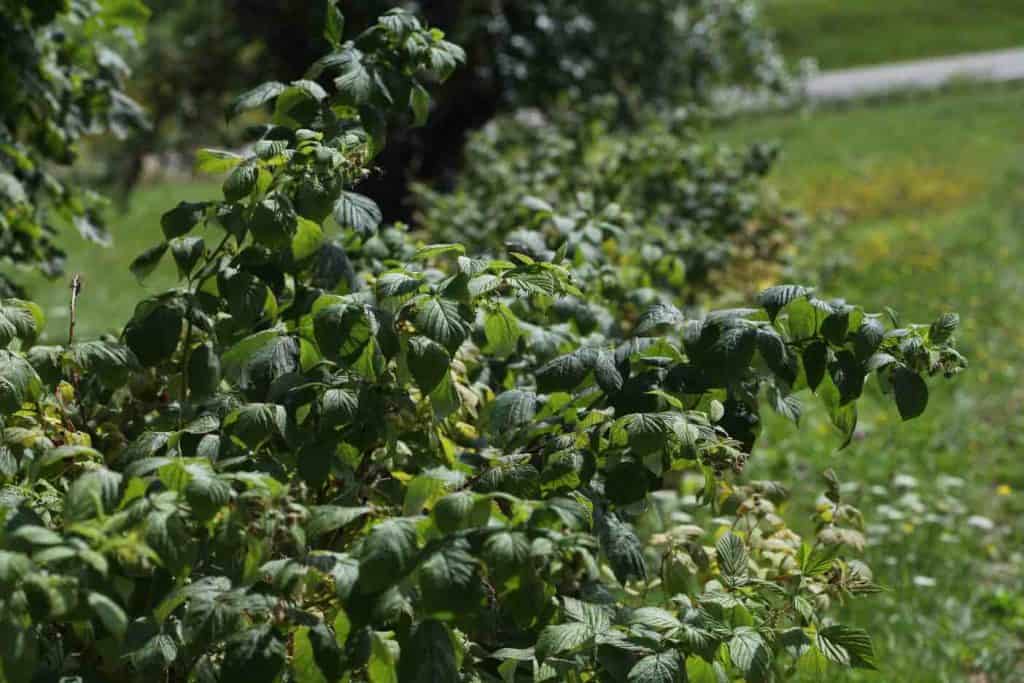
First year canes are called primocanes. They are more delicate and fresher than second year canes.
Second year canes are called floricanes. They are more sturdy with darker barked stems.
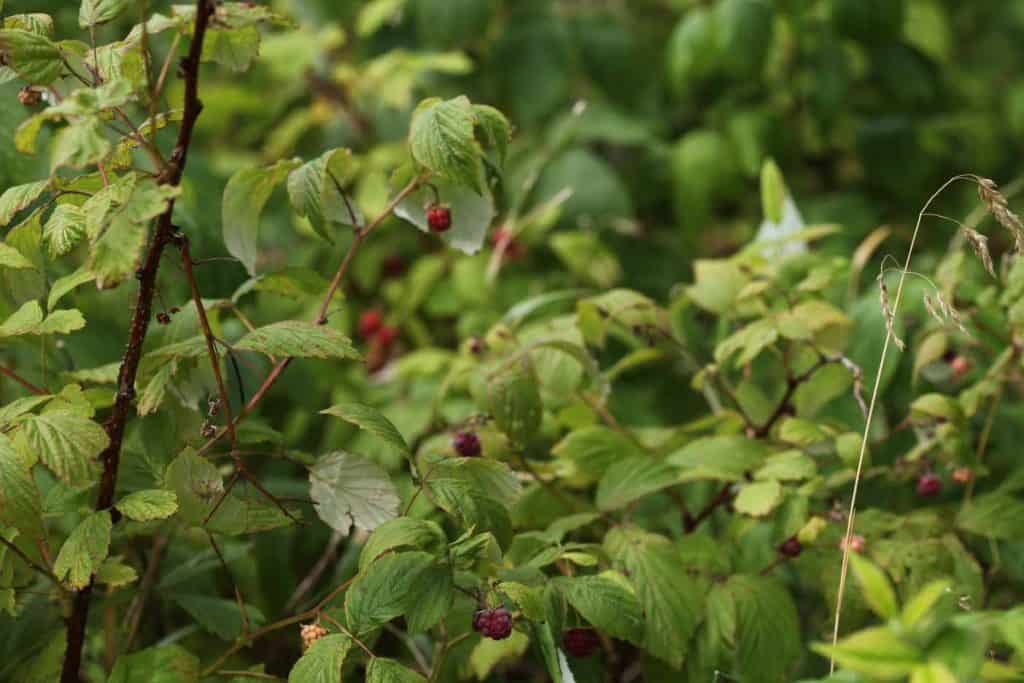
The raspberry root system continues to produce new canes each year, each of which lasts for two years. It is a continuous process.
Now let's look at the two different types of raspberries and their berry production period.
1. June Bearers
June bearers produce the canes their first year, and the fruit the next. The berries therefore grow on second year canes only.
This is very important to recognize in the context of when to prune.
If you prune off the canes in the first or second year, you will not have any berries.
For these types of raspberries, it will be important to cut down the dead canes in their third year.
2. Ever Bearers
The ever bearing raspberries are also known as fall bearers.
Ever bearers produce berries at the tips of the first year canes. That's right, you get first year berries!
Ever Bearing Primocanes
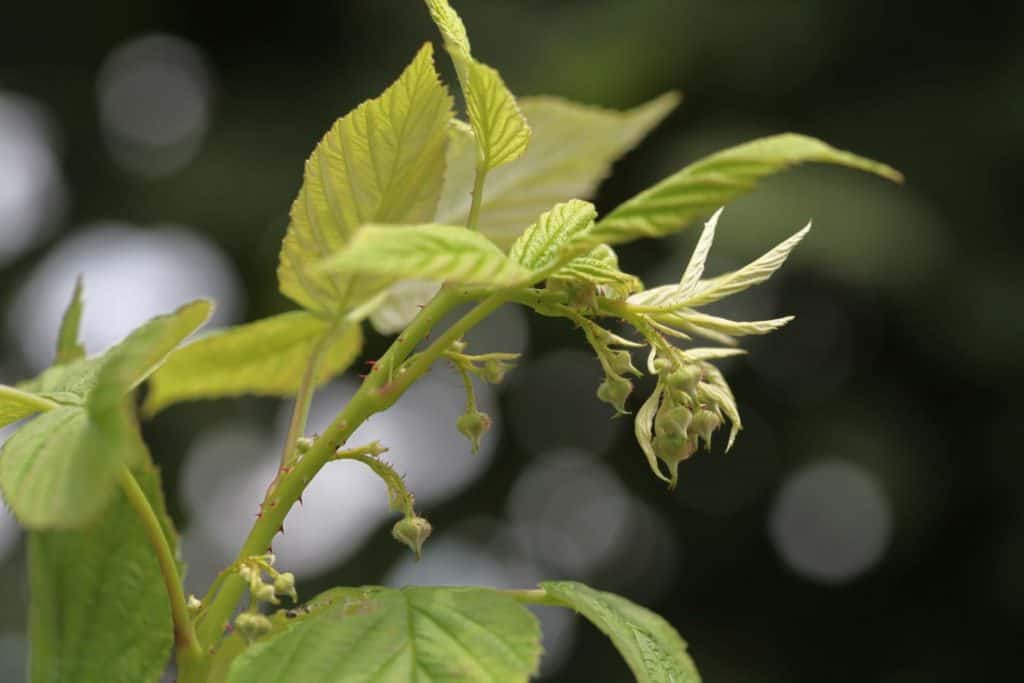
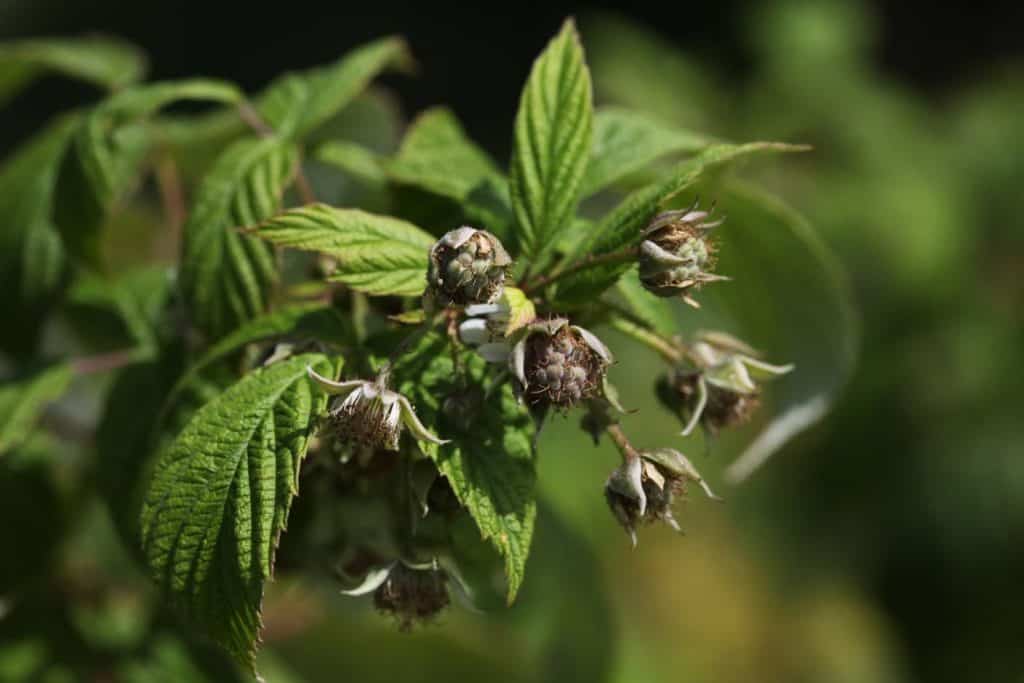
These berries though are produced in the fall. Looking at our own ever bearing raspberry plants, the berries on the primocanes are just now forming in late August, and are still very green.
These first year berry producing canes will die back at the tips over winter. Wherever they produced berries that first year will be dead parts in the second year.
There will be growth and berry production on these same canes the next year. This growth and berry production will be lower down on the cane, below the dead tips.
Ever Bearing Floricanes
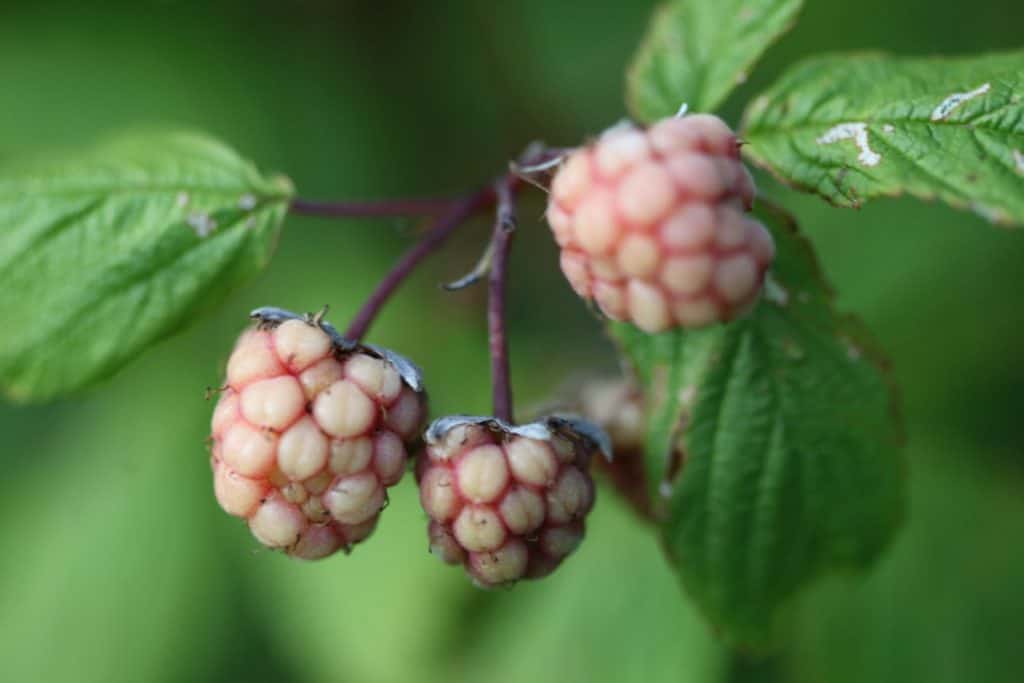
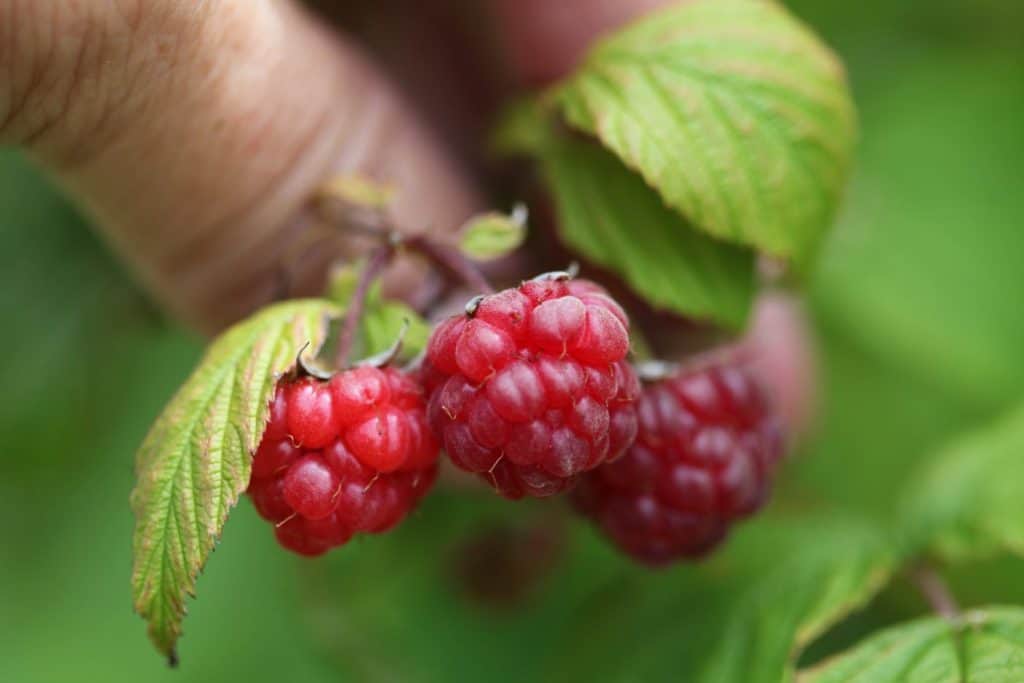
Essentially what you will see is a dead part at the top of the second year canes, and berry growth and leaves on the bottom of these canes.
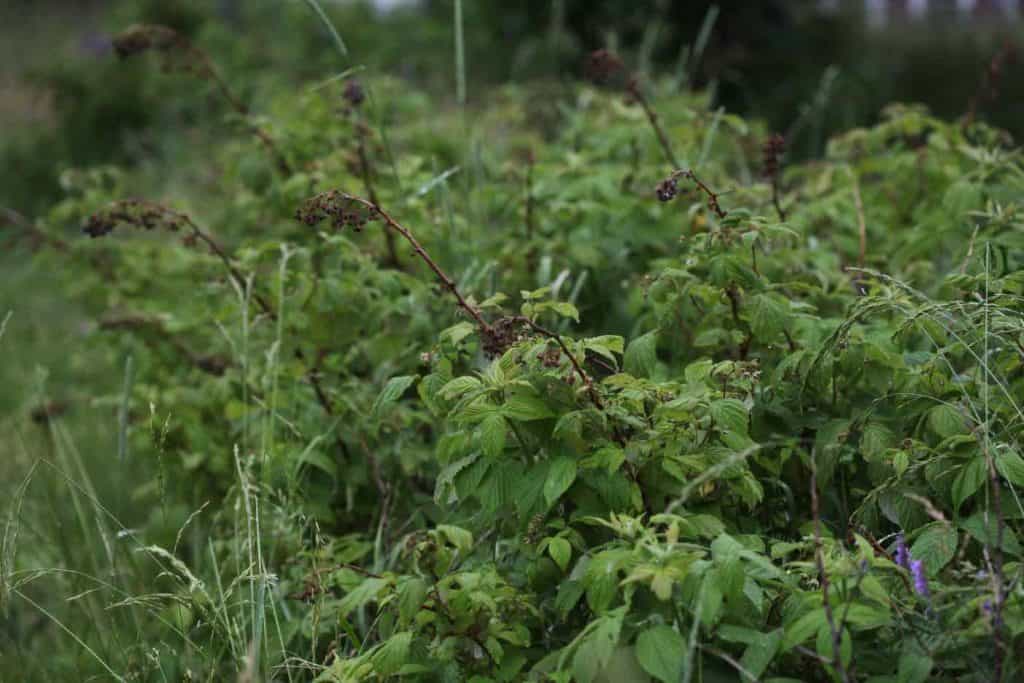
As the summer progresses the new, first year canes start to grow. They are bigger and greener with lighter stems than the darkened stems on the second year growth.
These first year canes grow tall and eventually loom high above the second year canes. Then they start to produce new raspberries right on their tips, which can be harvested in the fall.
And the cycle continues.
For these raspberries, pruning can be a little different than for the June bearers.
You can definitely cut back the dead tips of the second year canes, but when should everything else be cut and pruned?
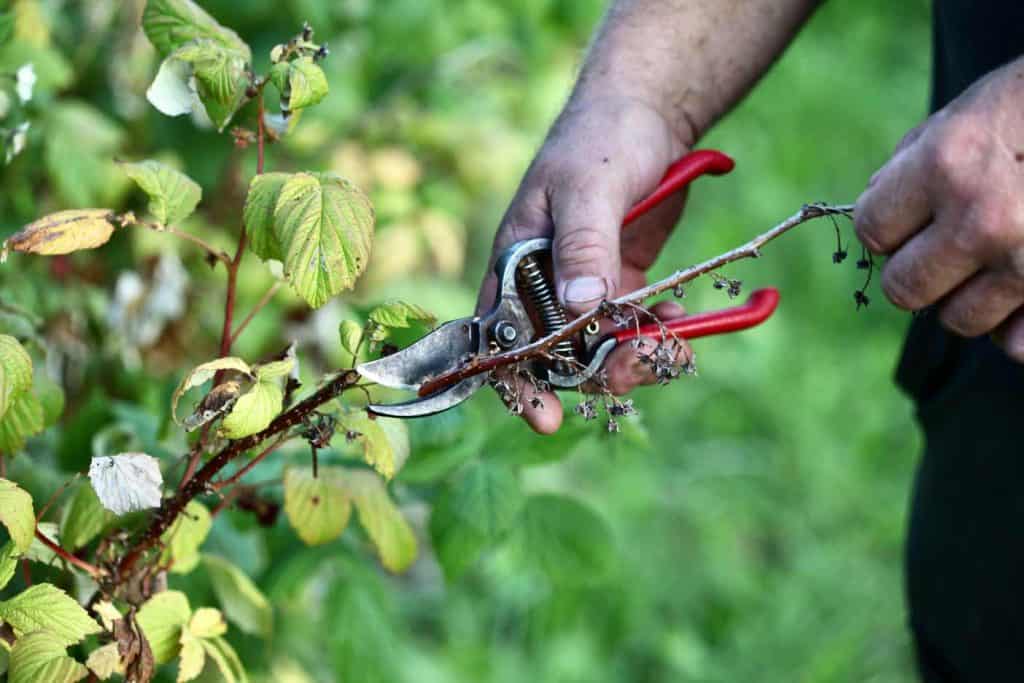
When Should Raspberries Be Cut Back?
Springtime is the best time to prune your raspberry plants.
In the early spring you will be able to visualize the canes of each plant, and remove any dead or damaged growth.
Pruning For June Bearers:
Remember that June bearers will be producing berries on the living canes in their second year of growth.
In the spring, first year canes have not yet been produced. All you should see in the hedge should be second year canes and dead wood from third or fourth year canes, and so on.
The dead wood will look different than the living canes. It will be grey and dry, and will not have any buds or green growth. Prune this off at ground level.
Pruning For Ever Bearers:
For this type of raspberry, you will see second year canes with dead growth at the top, and third year canes which are no longer living.
If you have never pruned your raspberries, you may have many old dead canes.
There are several ways to prune these ever bearing raspberry plants.
1. First Method For Pruning Ever Bearers
Prune all the canes back.
You will not get a summer harvest, however you will most likely get a bountiful fall harvest. All of the energy of the plants will go into developing the first year autumn berry producing canes and berries.
We are considering this for next spring for our ever bearing raspberry hedge.
2. Second Method For Pruning Ever Bearers
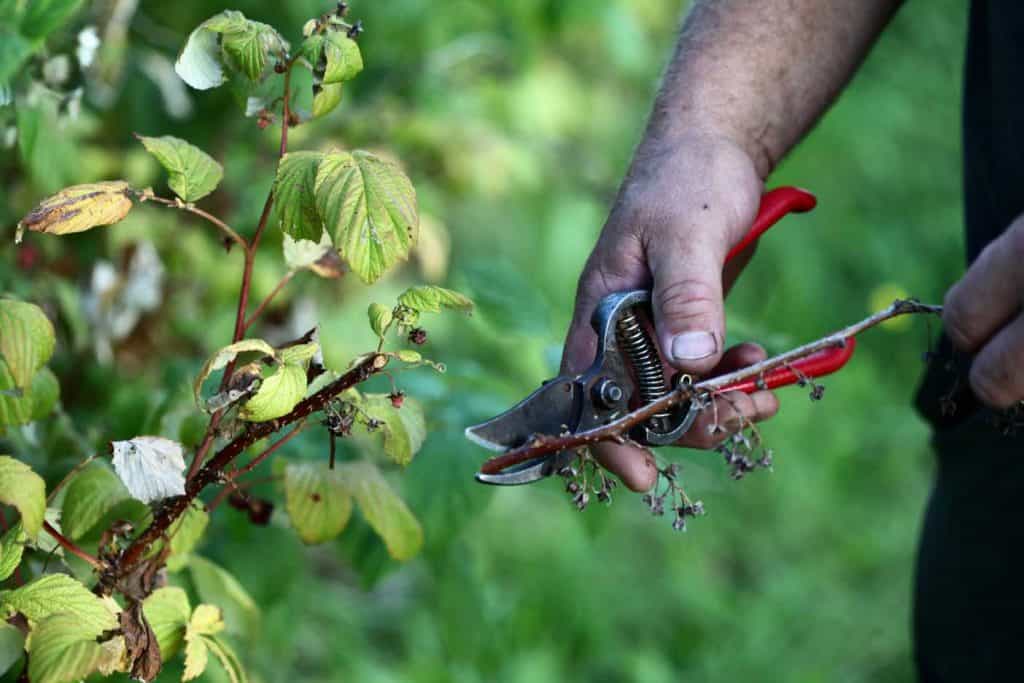
Prune the dead tops off the second year canes, and the old dead canes from previous years.
This way you are cleaning up the old debris, letting in more light to the plants, and creating a neater healthier plant.
Do You Cut Raspberries Down Every Year?
You can cut down ever bearing raspberries every year, resulting in a fall harvest for these plants. Do not cut down June bearing raspberries every year, because they produce berries only on second year growth. June bearing raspberries will never produce berries if cut down each year.
What Happens If You Don't Prune Raspberries?
If you don't prune raspberries, they will still grow. The raspberry hedge however will be thicker, with less light reaching the developing leaves, resulting in smaller berry size. Pruning removes dead growth, makes way for light to reach the canes, and can reduce the number of canes, resulting in larger berries and healthier plants in general.
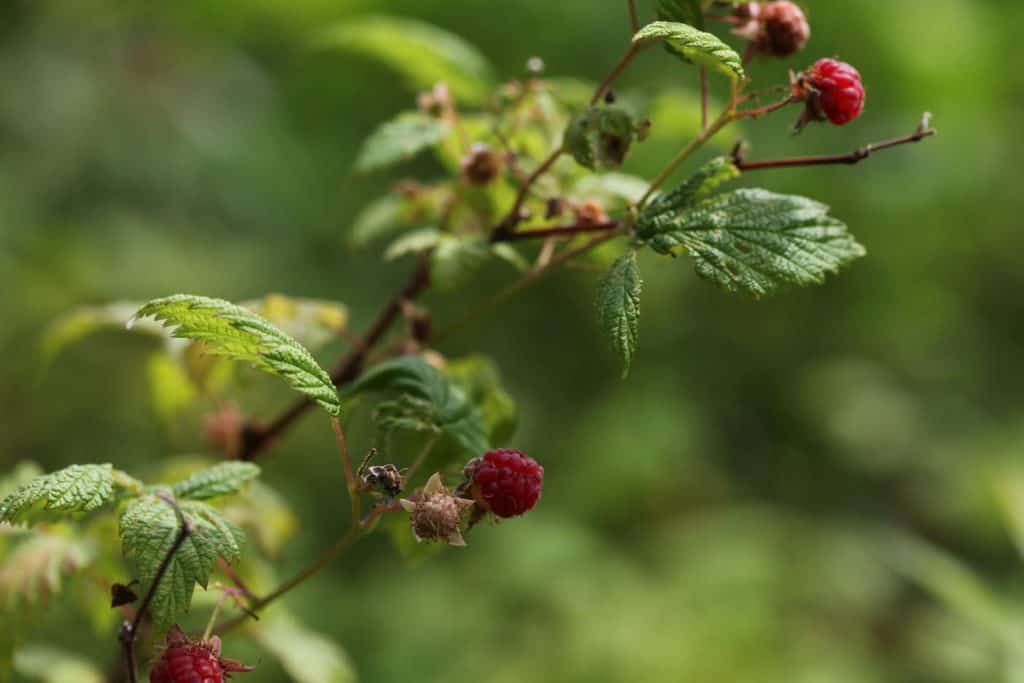
How Do You Trim Raspberry Bushes?
Trimming raspberries is not difficult with the right equipment. Using a good pair of clippers or loppers will help to do the job right.
Use loppers for the larger canes, and clippers for the smaller sized canes. Loppers will help you to reach in from a distance, which is always helpful.
Safety Gear To Wear When Pruning
It is also important to wear the right type of clothing to prevent scratches.
Protect your eyes and your arms from scratches from the raspberry brambles or thorns. A long sleeved shirt or jacket and glasses or safety glasses will help to protect your skin and eyes.
Gloves will also help protect your hands during this process.
How Far Back To Prune Raspberries
Pruning your raspberries is beneficial for plant health and berry production.
Prune back old dead canes to ground level. Consider reducing the number of canes per clump as well to four or five of the largest and healthiest canes.
Another consideration is removal of suckers at the edge of your raspberry hedge. You can dig these up and replant elsewhere if you want.
We often just whipper snip the many tiny raspberry suckers at the edge of the hedge in spring.
The important thing is to remove the suckers so that they don't make the hedge too wide.
Ideally the hedge should only be two feet wide for good air circulation, light availability, and easy access for berry picking.
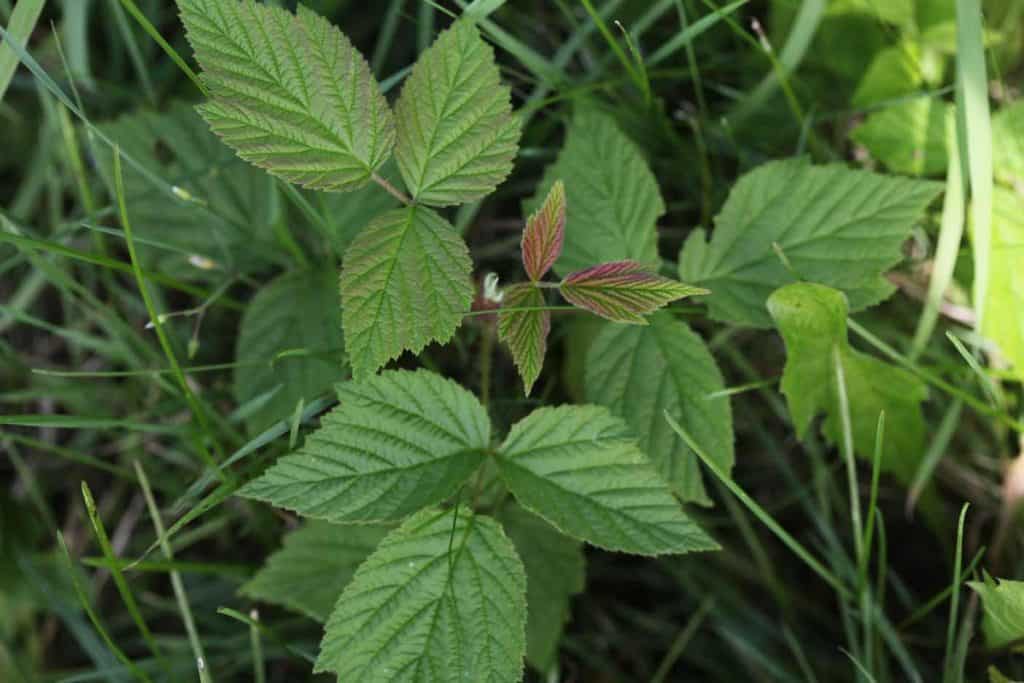
We look forward to our raspberries every year, both the summer and fall harvests. Pruning these wonderful plants will help to keep them healthy and hopefully increase the raspberry yields.
I hope that this post has helped to answer some questions you may have had on how to prune raspberries. If you do have any questions, be sure to leave a comment below.
OTHER POSTS YOU MAY LIKE:
See the Web Story on Learning How To Prune Raspberries The Right Way!
PIN IT FOR LATER!
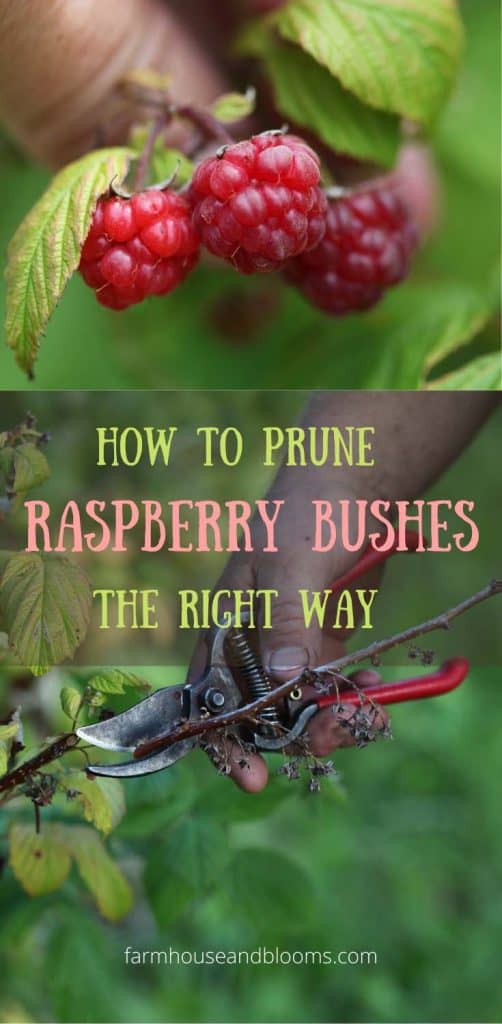
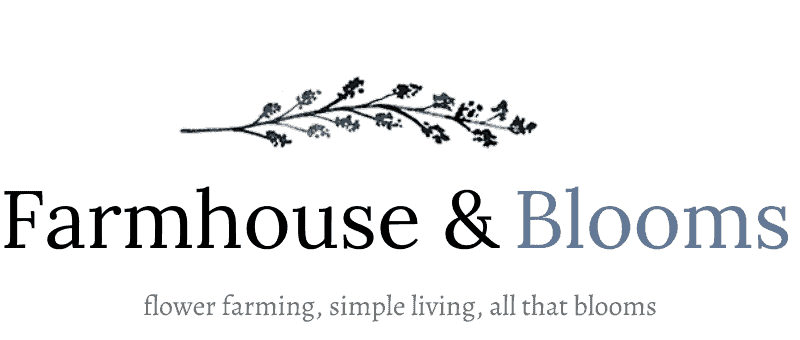

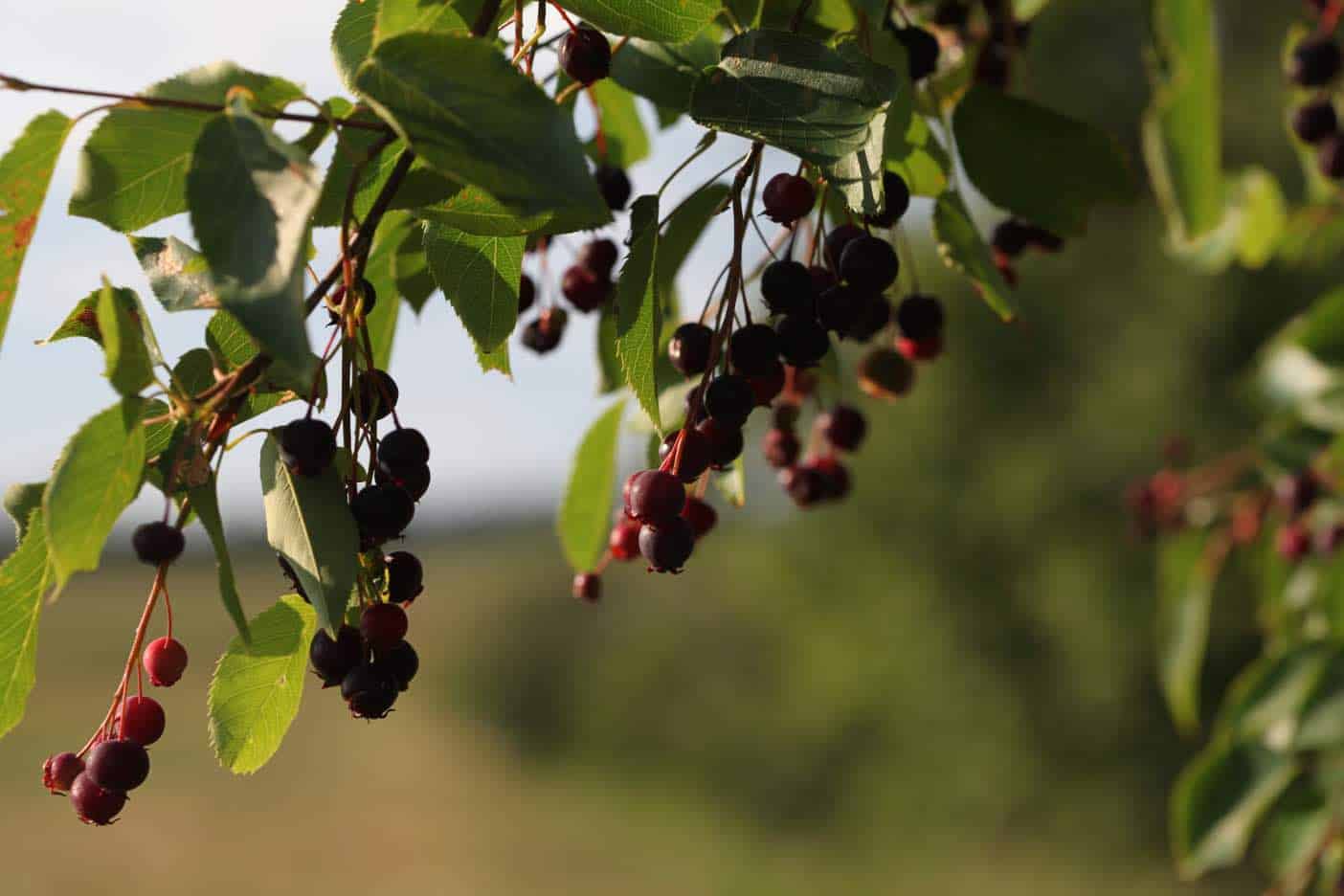
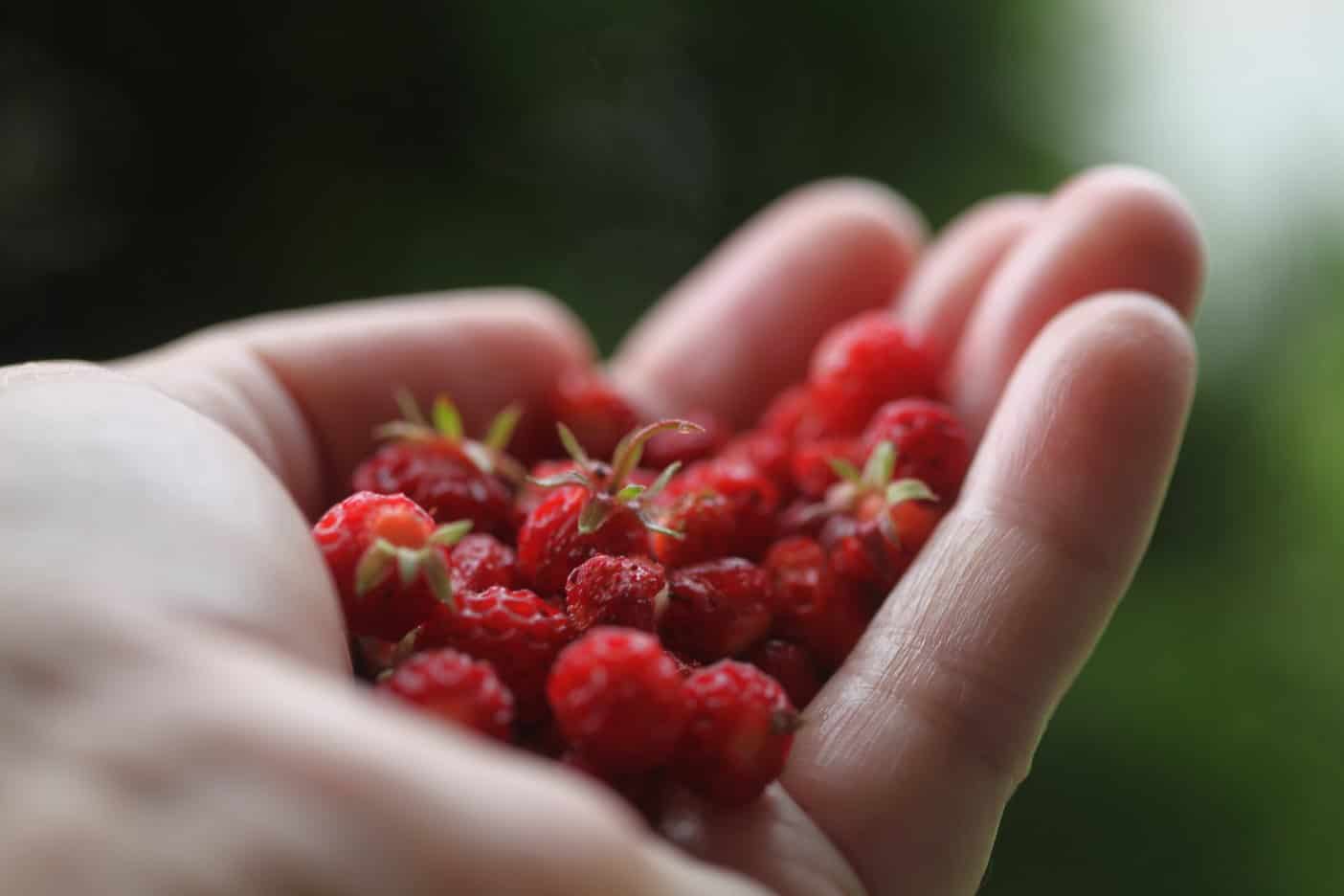
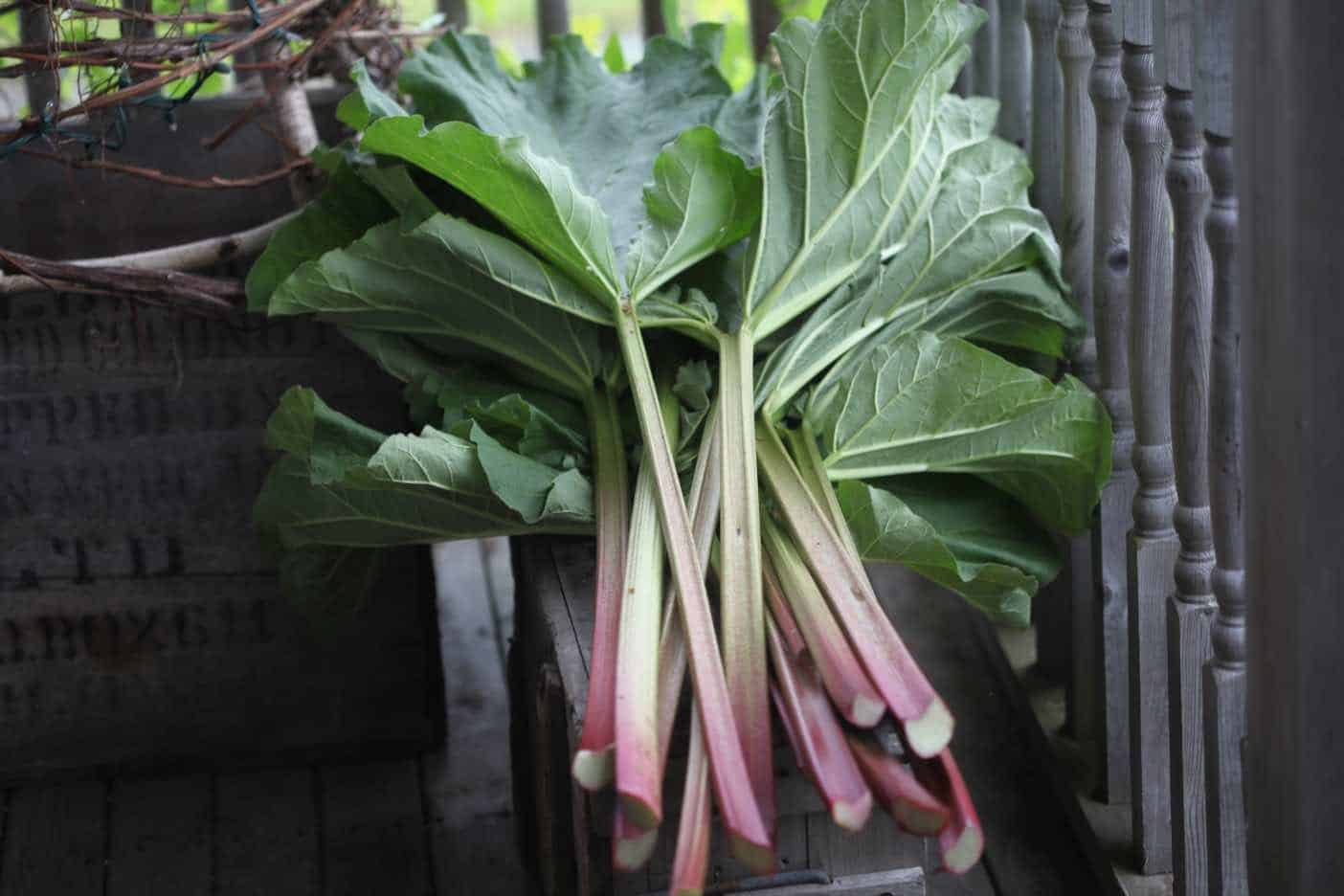

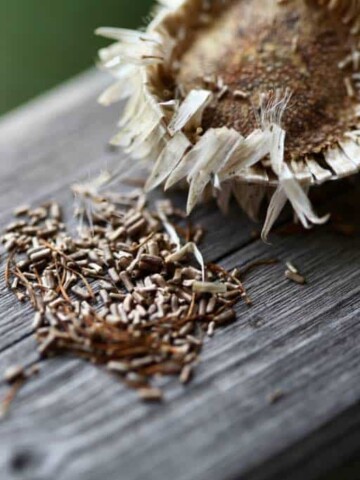
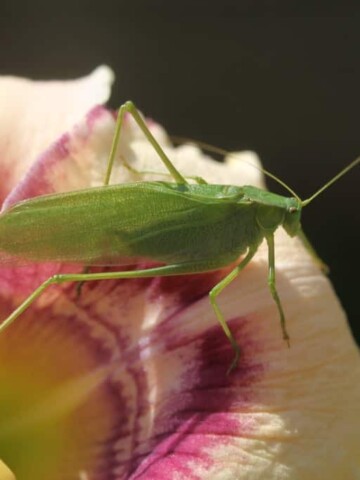

Leave a Reply